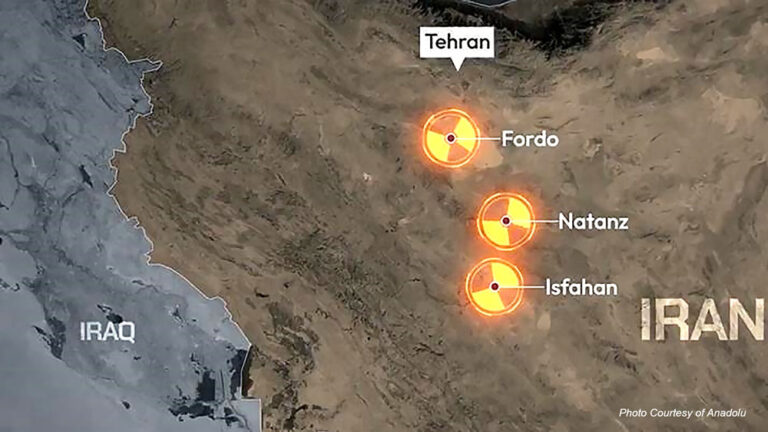I entered the Tokyo Electric Power Co.’s power plant on Tuesday, just weeks before the fifth anniversary of the day of the start of the nuclear crisis following the Great East Japan Earthquake.
I looked around the precincts of the nuclear power plant from windows on the seventh floor — about 30 meters above the ground — of a nine-story building used as a rest facility for workers. The building was completed in May last year.
About 1,000 tanks storing more than 700,000 tons of contaminated water could be seen in the wide spaces in front of buildings accommodating reactors Nos. 1 to 4, where the decontamination and decommissioning work is being conducted.
Within the site, work to remove contaminated surface soil and pave over the scoured ground has been continuing. Thus levels of radiation are generally becoming lower.
Around the large rest facility near the main entrance gate of the plant, I did not need to wear a protective suit. I could walk around protected by only a simple mask and gloves.
Wearing protective suits is necessary in other large areas of the plant, but protective full-face masks are no longer necessary on about 90 percent of the plant’s grounds. Thus physical burdens on workers in the plant have decreased.
In contrast, there are facilities for which decontamination work has not been carried out at all, and vestiges of the accident remained visible in some places.
From an area 35 meters above sea level, where a group of tanks and other facilities are located, I went down a slope by car and approached a building accommodating the No. 4 reactor, which is located at a spot 10 meters above sea level. I saw that the walls still bore black traces of the tsunami that hit the nuclear power plant following the earthquake.
When the car I was in passed by the No. 3 reactor building, where a hydrogen explosion had occurred, a dosimeter indicated 230 microsieverts per hour.
A tolerable annual limit of exposure to radiation for ordinary people in usual times is said to be 1 millisievert (1,000 microsieverts). The figure on the dosimeter means that a person’s exposure level would exceed the limit if they stayed there for about four hours.
The highest radiation dose of any place in the plant is near an air stack, which is about 120 meters tall, near reactors Nos. 1 and 2.
A TEPCO official explained, “In 2013, the radiation dose was estimated to be about 25 sieverts (25 million microsieverts) per hour. Though about five years have passed, no measures have been taken.”
The explanation reminded me of how hard the route to the decommissioning of reactors will be.( Kazuki Fujisawa / Yomiuri Shimbun)
Link: http://the-japan-news.com/news/article/0002725274



